Most car engines today are gasoline engines – using gasoline as fuel. Gasoline will be mixed with gas, burned in the cylinder, generate heat, and push the piston to create movement force.
On the market today, two popular types of gasoline are commonly used, regular gas and premium gas. We quickly encounter these two types of fuel at pumping stations, but not everyone knows their difference.
So, can you mix regular and premium gas? This article will help you distinguish and answer!
The Basic Difference Between Regular Gas And Premium Gas
The first fundamental difference is the octane rating or octane number of regular and premium gas.
Octane rating is the ability of the fuel to compress before it is burned or, in short, the power to prevent the energy from burning. The higher the octane number, the longer the fuel compresses before it ignites.
There are 3 types of fuel classified based on octane rating: regular, midgrade, and premium.
Regular gas has an octane rating of 87, mid-grade of 89, and those with an octane more significant than 91 are premium. Many places also use the word ultra gas to refer to those with an octane rating of 93.
Another noticeable difference is the price difference between the regular and premium types. According to the US Energy and Information Administration, the average price of regular gas is 60 cents a gallon cheaper than premium gas and 25 cents a gallon cheaper than mid-grade gas.
In addition to being more expensive than regular gasoline, the premium also keeps the engine cleaner. However, this does not mean that the engine performance will be higher, which means fewer emissions from the engine.
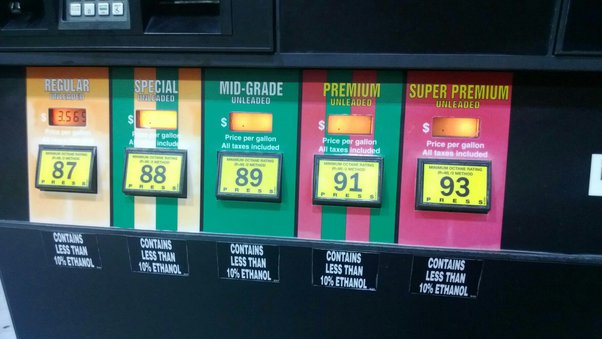
Can You Change From Regular Gas To Premium Car Gas?
Depending on the fuel used, vehicles can also be divided into regular gas engines and premium gas engines. Using the correct fuel type recommended for each machine will help the vehicle operate at maximum capacity. At the same time, it helps to reduce the risks and risks of damage to the vehicle’s engine.
If you use fuel with a lower octane rating than required by the engine (for example, using regular gas for a premium engine), the power may combust before compression is complete.
Knocking is an engine cycle failure that, over time, damages or reduces the engine’s performance.
Or it can also reduce the desired speed of the car; you can read more about “car feels sluggish when accelerating”..
But in the opposite case, if gasoline with a higher octane level than recommended by the engine is used, there is no severe problem. It also means you can use premium gas for regular engines. Although it does not affect the machine, it will waste money because premium gas is always higher than regular gas.
Therefore, you should use the correct type of fuel that the engine requires or recommends. To find out which gasoline is right for your vehicle, check your owner’s manual. Or you can look for a sticker on or around the fuel cap that says the octane level needed for the engine.
It would help if you also distinguished between “required” and “recommended”
Basically, in case it says “Premium Unleaded Fuel Only,” you must use premium gasoline according to the vehicle’s requirements.
Meanwhile, if the car says “Premium Fuel Recommended,” then premium gas is the best choice; you can also use regular or mid-grade gas.
Can You Mix Regular And Premium Gas?
You can thoroughly mix 2 fuels with different octane ratings. When you mix well, you get energy with an average octane rating.
If you put equal amounts of grade 87 and grade 91, you would get precisely 89 octane fuel with a volume equal to the sum of the importance of the two starting fuels. While mixing a high volume of 87 octane fuel with a small amount of 91 octane fuel, the result is only approximately 87 octane fuel.
Similarly, if you mix premium with regular gas with a superior premium volume, you might have power with 91 octanes. You can easily calculate the average octane using the following formula:
A = ((n x N) + (m + M))/(N + M)
- A: average octane number
- n: octane number of the first fuel
- m: octane number of the second fuel
- N, M: is the volume unit corresponding to fuel n and m (in liters or gallons).
So, is it possible to use blended fuels for car engines? The answer is YES to the requirement that the average octane rating is equal to or greater than the required octane rating of the machine.
Or if your engine says “Premium Fuel Recommended”, then you can use the blended fuel. However, this is not recommended because using mixed energy does not increase engine performance.
If there are no money problems or fuel shortages, it is still best to use fuel with the recommended octane level. It helps ensure engine quality and brings more economic efficiency.
Does using premium gas help increase engine performance?
Many argue that using premium gas or ultra gas helps increase engine performance and make cars run faster. This is incorrect because the octane number is not related to engine performance. Using the right octane level allows the vehicle to operate at maximum capacity. So it’s a waste if you use premium gas for a regular engine.
To increase the efficiency of the engine or ensure the engine operates at its best, you can note the following:
- Use fuel with the correct octane rating for your vehicle.
- Do not let the fuel tank get too exhausted. Would you please refill the power when the vehicle’s fuel indicator lights up?
- When driving long distances or on the highway, keep the required speed. Do not accelerate suddenly.
- Regularly take your car to a regular check-up at reputable car repair companies.
Conclusion
We have just discussed the types of fuel used for car engines on the market and whether mixed fuel should be used? You can use blended fuel if the average octane rating is equal to or more significant than the engine requires. But this is not recommended, try to use energy wisely and save your car!

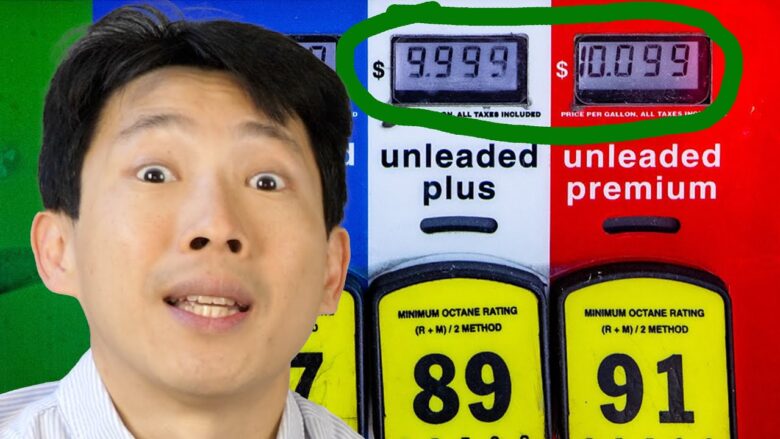
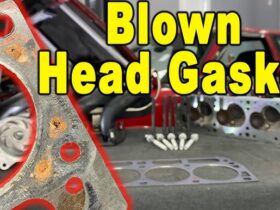

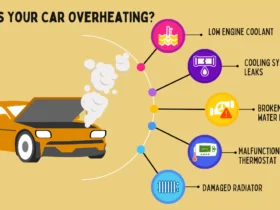

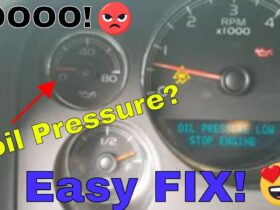
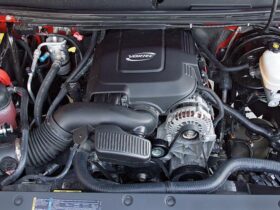
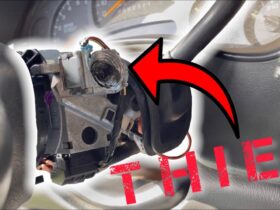


Leave a Reply